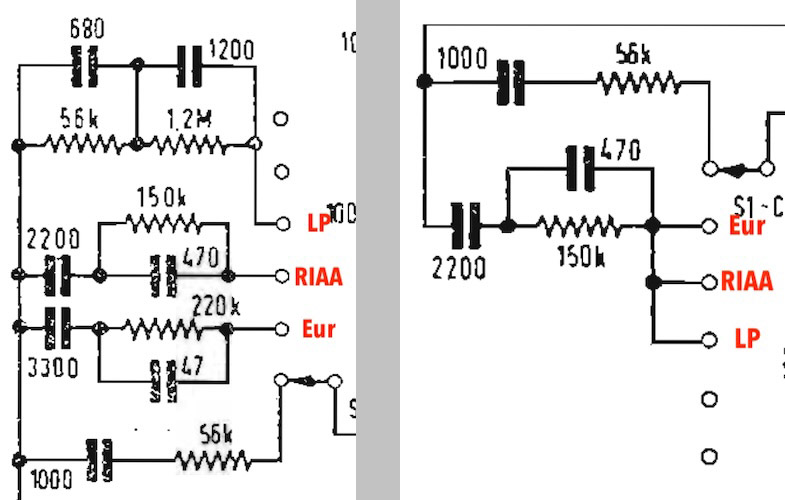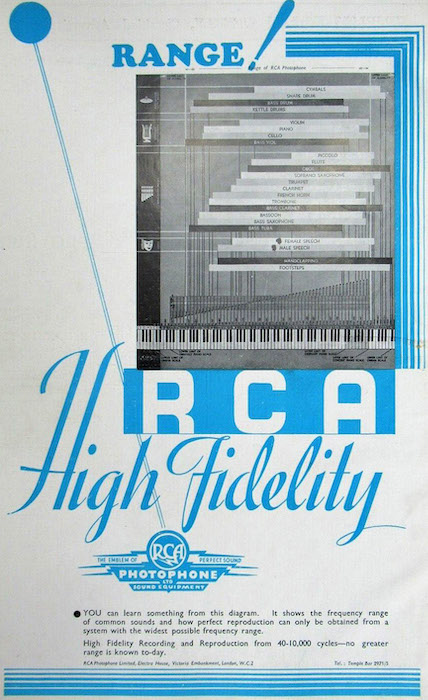EQカーブの歴史、ディスク録音の歴史を学ぶ本シリーズ。前回 Pt.16 では、第二次世界大戦勃発に端を発した物資不足から「サファイア・グループ」という業界エンジニア交流コミュニティが生まれ、企業秘密による競争から業界をあげての情報公開・技術標準化への動きがうまれたことを学びました。
On the previous part 16, I learned on the history of the “Sapphire Club” aka “Sapphire Group”, that was formed during the WWII because of the shortage of industry materials, and led the standardization in the industry, from the competition with trade secrets to the open collaborations, especially among the engineers.
同時に、その「サファイア・グループ」をきっかけとして、戦後の Audio Engineering 誌の発刊、およびオーディオ工学専門学会 Audio Engineering Society の誕生に繋がった流れを学びました。最後に、初の統一再生カーブである「AES 標準再生カーブ」について詳細を学びました。
At the same time, I learned the foundation of the Audio Engineering magazine as well as the Audio Engineering Soeicty, as a result of collaboration through the Sapphire Group. Then I learned the details of the “AES Standard Playback Curve”, the first advocated standard characteristic for commercial records.
調査に手間取るなどして少し間があいてしまいましたが、今回の Pt.17 では、LP黎明期〜AES標準再生カーブ発表の1951年1月〜統一前夜(最終的に米国各業界内で統一がなされる 1953 NARTB / 1954 改訂 AES / 1954 RIAA 策定の直前)、までの状況を調べていきます。めちゃくちゃ長い記事になってしまいました(笑)
This time as Pt. 17, after a few months of absence (due to the continuous research etc.), I am going to continue learning the history of disc recording, especially during the period: from the advent of LP records, publication of the AES curve in Jan. 1951, to the eve of the industry standardization (formations of 1953 NARTB / 1954 new AES / 1954 RIAA). Please note, this part is going to be an extraordinarily lengthy article 🙂

“About This Recording…” section of Mercury MG-50000 (1951), recommending AES playback curve.
Mercury MG-50000 (1951) の裏ジャケより。AES 再生カーブが指定されている。





![[GE VRII Triple Play Knob]](https://microgroove.jp/img/IMG_4955.jpg)